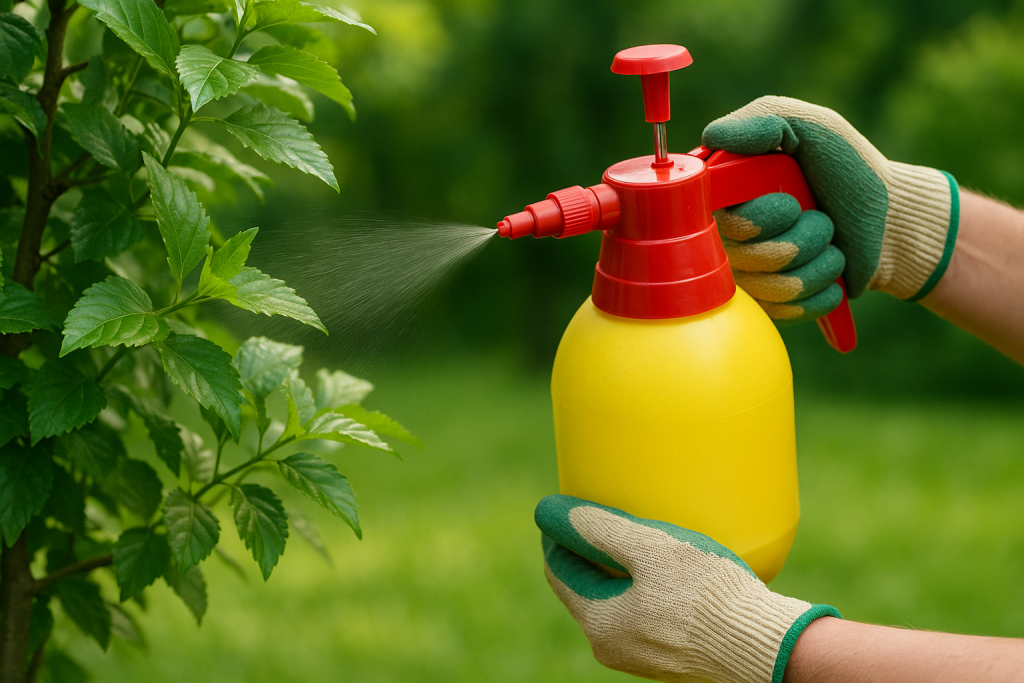Tree Disease Treatment in Delaware County, PA
Protecting the Life Within Your Trees
Something as subtle as a curled leaf or an early autumn hue might be the first whisper that your tree is in trouble. Tree disease doesn’t always announce itself with dramatic symptoms—it sneaks in quietly, weakening limbs, robbing nutrients, and leaving your landscape vulnerable to larger issues. In Delaware County, where mature trees enhance property value and curb appeal, preserving their health is more than aesthetic—it’s practical, environmental, and personal. If you suspect something is off, addressing it quickly can make the difference between saving a tree or saying goodbye.
Local Trees, Local Threats: Why Delaware County Trees Are Vulnerable
Delaware County’s varied terrain and tree population—from stately oaks in Media to ornamental dogwoods lining the suburbs—make it rich in biodiversity but also prone to a wide spectrum of diseases. Some pathogens thrive in damp soils near the Darby Creek watershed, while others prefer the compacted soil and shade-drenched yards of older neighborhoods in Springfield or Haverford. The local climate, marked by humid summers and wet winters, creates the ideal breeding ground for fungal pathogens, root diseases, and airborne bacterial infections that can go unnoticed until the damage becomes extensive.
Spotting the Symptoms: When to Take Action
Early intervention is the golden rule in tree disease treatment. Common signs that should prompt a professional inspection include:
-
Premature leaf drop or discoloration in spring and summer
-
Blackened, curled, or spotted leaves
-
Dead or thinning branches
-
Cracks, cankers, or sunken areas on the trunk
-
White, gray, or black powdery growth on bark or foliage
-
Mushrooms or fungal growth near the tree base
While these signs may seem minor, they can point to serious conditions such as anthracnose, bacterial leaf scorch, verticillium wilt, or root rot—each requiring a specific and timely treatment strategy.
The Evaluation Process: Diagnosis is Everything
Treating a sick tree without an accurate diagnosis is like prescribing medication without knowing the illness. A certified arborist will begin by assessing the overall health of the tree—examining foliage, bark texture, root flare, soil conditions, and neighboring vegetation. In cases where the cause isn’t immediately clear, samples may be taken for lab testing to determine the exact nature of the disease. Only then can a customized treatment plan be developed—whether that means deep root fertilization, targeted fungicide injections, pruning of infected branches, or soil amendments to improve drainage and aeration.
Treatment Options Tailored to Your Trees
No two trees respond the same way to treatment. That’s why personalized care is essential. Options may include:
-
Soil Treatments – Correcting pH levels, enriching nutrient profiles, or improving compaction
-
Trunk Injections – Delivering systemic fungicides or nutrients directly into the vascular system
-
Pruning and Sanitation – Removing infected branches to halt the spread
-
Root Zone Aeration – Increasing oxygen availability and promoting root recovery
The right method depends on the disease type, the species of tree, its location on the property, and seasonal timing.
Preventative Care: The Secret to Lasting Tree Health
While disease treatment can rescue a tree in decline, prevention remains the most effective strategy. Stress is the leading cause of disease susceptibility. Trees that are over-pruned, under-watered, or exposed to construction damage often become easy targets. Ongoing care—such as annual inspections, proper mulching, pest monitoring, and nutrient management—builds resilience and prevents future outbreaks.
In Delaware County, where many trees are decades old, proactive health management ensures they remain a lasting part of your landscape for generations.
Why Acting Early Matters More Than You Think
Tree diseases don’t go away on their own. What begins as a few leaf spots can evolve into full canopy dieback or internal decay if left untreated. The cost of removing a dead tree or dealing with property damage from fallen limbs far outweighs the cost of early treatment. Moreover, many diseases are contagious—posing risks to neighboring trees and even plants in shared soil zones.
Reclaim the Health and Beauty of Your Landscape
A diseased tree doesn’t have to be a lost cause. With swift, professional care, many infections can be reversed or stabilized, giving your tree a new lease on life. Don’t let uncertainty delay action. Take the first step toward restoring your tree’s strength and appearance. Reach out today to schedule a thorough tree health evaluation. Appointments are available on a limited basis, so reserving your consultation now ensures your trees receive the timely attention they deserve.


